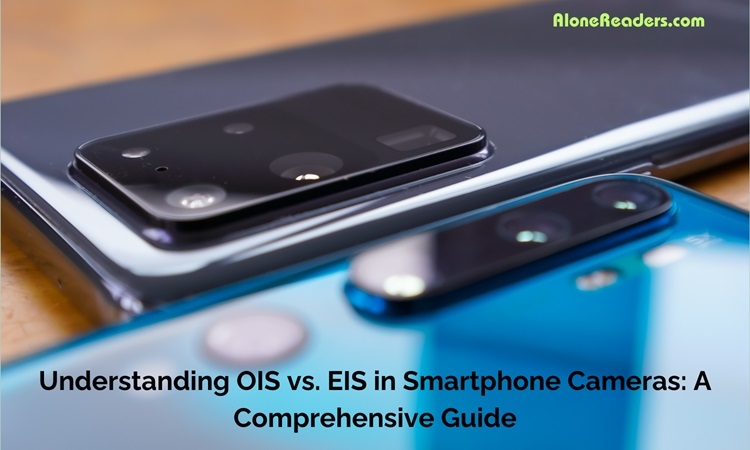Understanding OIS vs. EIS in Smartphone Cameras: A Comprehensive Guide
- Last updated: November 20, 2023

Understanding OIS vs. EIS in Smartphone Cameras | Photo: androidauthority.com
In the competitive world of smartphones, manufacturers differentiate their products by focusing on camera quality and software, as most top affordable Android phones have similar hardware specifications. It's not just about the number of cameras or megapixels; features like image stabilization in the primary shooter are crucial. Terms like Optical Image Stabilization (OIS), Electronic Image Stabilization (EIS), sensor-shift stabilization, and gimbal cameras may seem similar but differ significantly in cost, function, and impact on photographic capabilities.
Why Image Stabilization Matters in Smartphones
Image stabilization combats the blurring caused by hand movements during photography, especially in low light where longer shutter speeds are needed. While tripods or monopods can help, they're not always practical. This is where stabilization technologies like OIS and EIS come in, compensating for handshakes and improving image and video quality.
Optical Image Stabilization (OIS)
OIS, a hardware-based solution, uses gyroscopes and tiny motors to move the camera lens or sensor, compensating for hand movements. High-end systems feature four-axis OIS, allowing movement in all directions. OIS stabilizes photos and videos naturally, avoiding the artificial 'jelly effect' sometimes seen in electronically stabilized footage.
Electronic Image Stabilization (EIS)
EIS leverages software, using the phone's accelerometer to align frames and correct for hand motions. It magnifies images to fill the sensor, adjusting positioning, zooming, or cropping. The final quality can vary, with the performance dependent on software fine-tuning. EIS is particularly useful in video recording, offering smoother results but sometimes at the cost of unnatural deformations.
Gimbal Stabilization
Manufacturers like Vivo use gimbal-like stabilization, offering stronger optical stabilization for smooth videos and superior low-light photography. A gimbal uses a magnetic frame controlled by voice coils, providing greater movement range than standard OIS systems. However, it requires more space, typically found in high-end smartphones.
Sensor-Shift Stabilization
Apple's latest iPhone models excel in video stabilization through sensor-shift technology. Unlike traditional OIS that moves the lens, sensor-shift stabilization adjusts the camera sensor, offering more precise and effective stabilization. This technology can move the sensor up to 5,000 times per second, surpassing the capabilities of standard OIS.
OIS vs. EIS: Cost and Current Offerings
EIS is more cost-effective and lighter, as it doesn't require additional hardware. It's commonly found in lower-end iPhones. OIS, prevalent in mid-range smartphones from Samsung, OnePlus, and Google, adds weight and cost but provides superior stabilization. High-end phones like the Samsung Galaxy S23 Ultra combine OIS with a wide camera for enhanced zoom stability. Hybrid Image Stabilization (HIS) combines OIS and EIS for an all-around solution.
Front Camera Stabilization
Implementing OIS in front cameras is challenging and costly, leading manufacturers to opt for software-based EIS for front-facing cameras. For frequent video recording with the front camera, features like Autofocus and 4K@60fps recording capabilities are important.
Advanced Video Features with OIS and EIS
Top smartphones with OIS and EIS include special video modes like Apple's Action Mode and Samsung's Super Steady mode, mimicking gimbal-like stabilization. These features are invaluable for capturing steady videos in challenging conditions like moving vehicles or while running.
Post-Capture Correction
Despite the presence of OIS, EIS, and HIS, blurring can still occur, especially with fast-moving subjects. Post-capture corrections for motion blur and video stabilization are possible with tools like Google Photos, providing a means to enhance your captures even after the moment has passed.
In summary, understanding the differences between OIS and EIS is crucial when choosing a smartphone for photography and videography. Each system has its strengths and limitations, and the choice largely depends on your specific needs and the scenarios in which you'll be using your smartphone camera.







